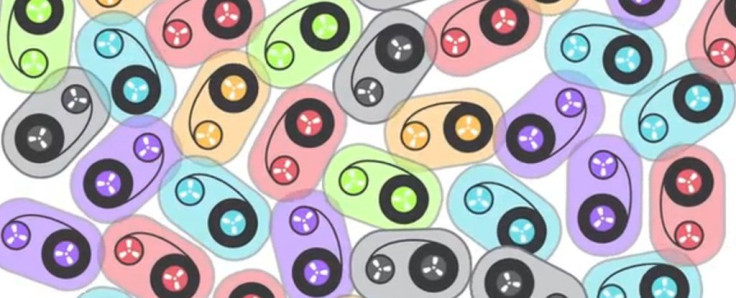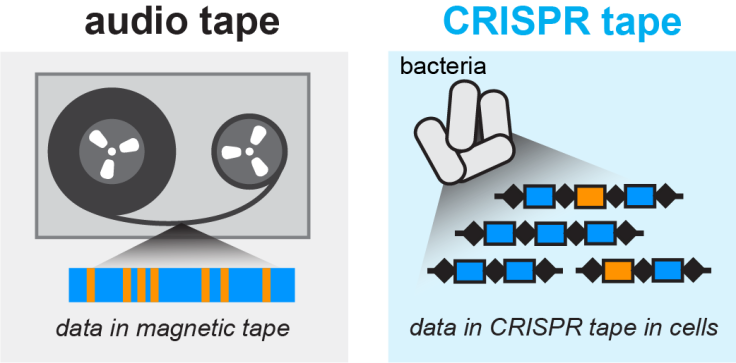World's Smallest Tape Recorder Made From Genetically Modified Gut Bacteria

Researchers from the Columbia University Medical Centre have successfully converted a naturally occurring gut bacteria found in humans into the world's smallest data recorder.
Using a series of molecular manipulations, the team modified an ordinary laboratory strain of the ubiquitous human gut microbe Escherichia coli, enabling the bacteria to not only record their interactions with the environment but also time-stamp the events they observed.
This technology has the potential of revolutionizing disease diagnosis to environmental monitoring and any other field where a close view of miniscule interactions are required. These cells could also monitor otherwise invisible changes without disrupting their surroundings.

"Such bacteria, swallowed by a patient, might be able to record the changes they experience through the whole digestive tract, yielding an unprecedented view of previously inaccessible phenomena," said Harris Wang, assistant professor at Columbia University Medical Center and senior author of the research, in a press release on their website.
This ability was introduced into the bacteria by using the immune system of the microbe itself. The team, in the study published in the journal Science, said the CRISPR-Cas response of the immune system in these gut bacteria was used as the data recorder. CRISPR-Cas helps the body document past pathogen attacks. They save copies of the DNA from invading viruses so subsequent generations of bacteria can repel these pathogens more effectively.
The CRISPR therapy is gaining popularity among researchers looking to develop effective ways to introduce modifications in the genome of animals, including humans, to help counter diseases and develop the immunity response to be more targeted and efficient.
The CRISPR-Cas system is the body’s database of all past attacks that help the body respond faster and with more accuracy.
"The CRISPR-Cas system is a natural biological memory device," Wang said in the report. "From an engineering perspective that's actually quite nice, because it's already a system that has been honed through evolution to be really great at storing information."
The ability of CRISPR-Cas to cut the DNA of incoming viruses has previously been harnessed by gene therapy researchers to edit the genomes of cell cultures, lab animals and even humans in the search for new disease treatments.
Ravi Sheth, a graduate student in Wang's lab, said CRISPR-Cas's recording function could be put to other uses.
"When you think about recording temporally changing signals with electronics, or an audio recording... that's a very powerful technology, but we were thinking how can you scale this to living cells themselves?" Sheth said.
The team modified a part of the bacteria’s DNA sequence known as the plasmid, which is present in its immune system. They gave it the ability to create more copies of itself in response to an external stimulus.
So the primary plasmid is given the duty of the recorder. When there are no signals to be recorded the cell adds copies of a spacer sequence to the CRISPR locus in its genome. When an external signal is detected by the cell, the other plasmid is also activated, leading to insertion of its sequences instead.
According to the release, “This causes a mixture of background sequences that record time and signal sequences that change depending on the cell's environment. The researchers can then examine the bacterial CRISPR locus and use computational tools to read the recording and its timing.”
Currently, the recording system can handle three simultaneous signals at once and record for several days straight.
"Now we're planning to look at various markers that might be altered under changes in natural or disease states, in the gastrointestinal system or elsewhere," Wang said.
This type of synthetic biology with the CRISPR gene editing techniques have been used before to store digital information, in the form of poems, books and images in DNA, however, this is the first time it has been used to record cellular activity and the timing of those events.
© Copyright IBTimes 2025. All rights reserved.





















